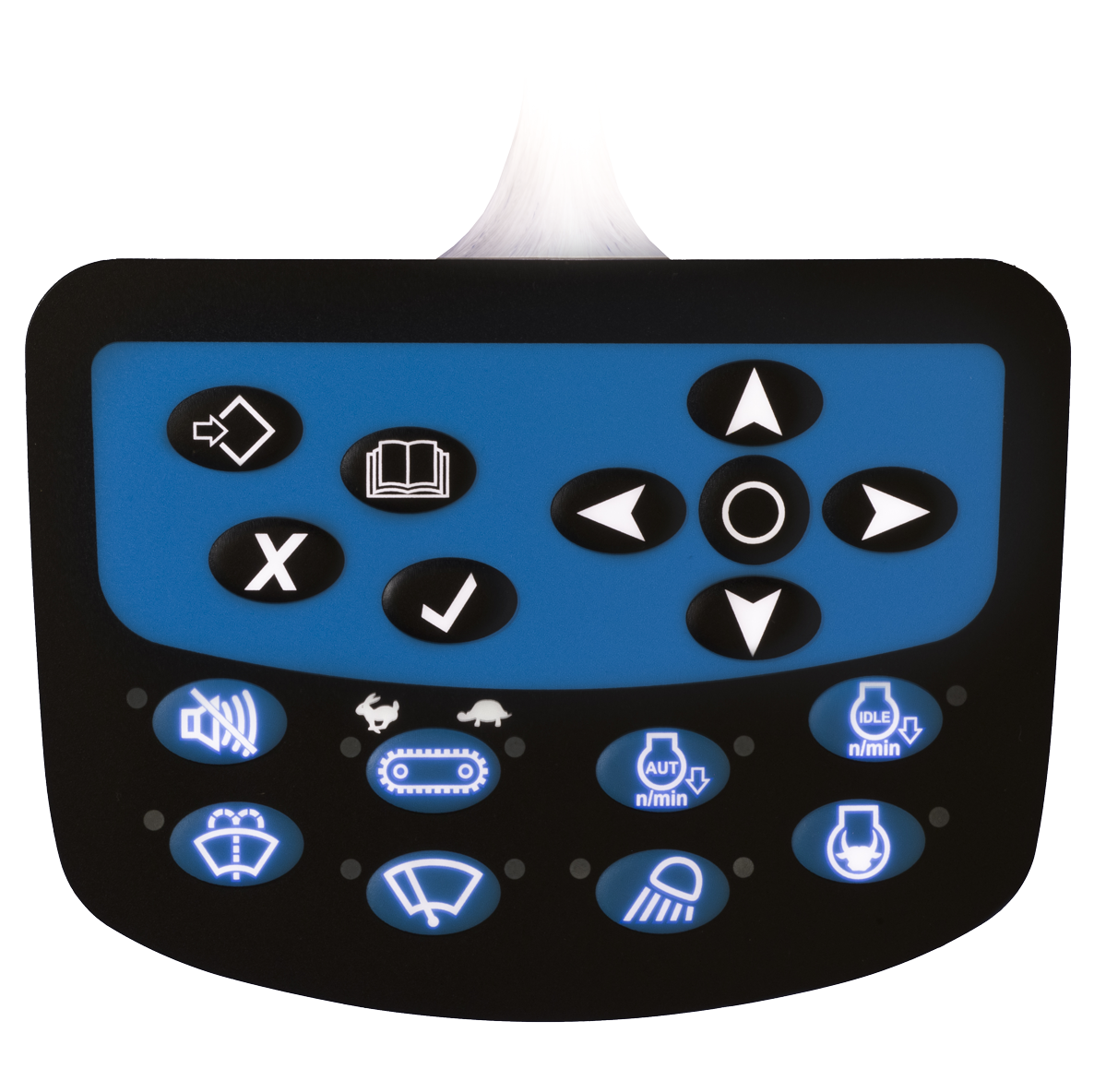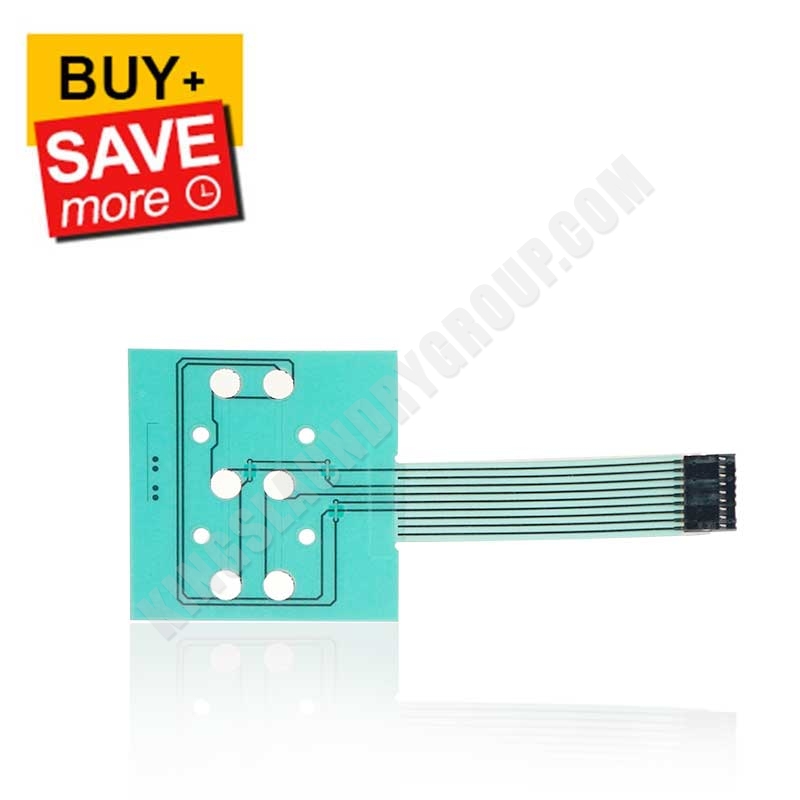Membrane Switch Innovation: The Secret to Reliable and Economical User Interfaces
Membrane switch innovation has actually arised as an essential component in the design of individual interfaces, providing both integrity and cost-effectiveness throughout a varied array of applications. As we discover the diverse benefits of membrane layer switches, their possibility for advancement elevates questions concerning future applications and advancing trends.
Comprehending Membrane Switch Innovation
Membrane switch modern technology is an extensively used interface option in various digital gadgets, providing a smooth blend of capability and design. This technology incorporates multiple layers of materials, usually consisting of a graphic overlay, spacer layer, and a circuit layer. The graphic overlay displays the interface components, while the spacer layer divides the circuit layer from the overlay up until a user activates a switch.
When stress is put on the overlay, the circuit layer finishes the electric circuit, sending a signal to the gadget. This system enables numerous arrangements, including tactile feedback and backlighting alternatives, enhancing user communication. Membrane buttons are generally made using resilient products such as polyester or polycarbonate, making sure durability and resistance to ecological factors like moisture and dirt.
The versatility of membrane layer changes allows their application in diverse industries, consisting of clinical tools, consumer electronics, and commercial controls. Their small design permits integration into space-constrained environments, supplying an efficient interface without jeopardizing aesthetic allure. Understanding the ins and outs of membrane layer switch modern technology is important for makers and designers seeking to produce trustworthy and effective human-machine interfaces.
Key Benefits of Membrane Switches
While different user interface remedies exist, membrane switches offer distinct advantages that make them a recommended option in many applications. One of the primary benefits is their toughness; membrane buttons are created to withstand extreme ecological conditions, consisting of wetness, dust, and temperature level fluctuations, ensuring durable efficiency. This durability considerably decreases the requirement for constant substitutes, thus reducing general maintenance costs.

Furthermore, membrane switches are lightweight and portable, making them appropriate for applications where area is limited. Their inconspicuous design contributes to a streamlined appearance without compromising functionality.
Cost-effectiveness is also a noteworthy benefit, as the production process for membrane changes tends to be less costly compared to standard mechanical switches. This price, combined with their dependability and simplicity of setup, placements membrane layer switches over as a functional option for a large range of industries looking for reliable and efficient interface.
Applications Throughout Different Industries
Just how do membrane switches adjust to the diverse needs of numerous industries? Membrane button technology is progressively identified for its versatility, making it appropriate for a vast range of applications throughout multiple industries.
In consumer electronic devices, membrane switches supply a portable solution for push-button controls and home devices, boosting customer experience with instinctive layout. In addition, the commercial market leverages membrane layer buttons for equipment control panels, benefiting from their resistance to severe atmospheres, such as moisture and dust.
Military and discover this aerospace applications likewise utilize membrane layer buttons for their reliability and capability to withstand extreme problems, guaranteeing operational efficiency in vital situations. The food and beverage industry adopts these buttons for automated systems, where cleanliness and ease of operation are extremely important (membrane switch). Inevitably, membrane layer buttons are tailored to meet the one-of-a-kind demands of each market, proving their essential duty in contemporary technology interfaces
Layout and Customization Options

In the realm of membrane layer switch technology, layout and customization choices play an essential function in enhancing functionality and individual interaction. These switches can be customized to fulfill details operational requirements and aesthetic preferences, making them versatile components in numerous applications.
One of the primary personalization choices is the layout of the button itself, which can be made to accommodate one-of-a-kind user interfaces and ergonomic considerations. By readjusting the shape, dimension, and arrangement of switches, makers can develop instinctive layouts that assist in convenience of usage. Additionally, the consolidation of different colors and visuals overlays enables branding and enhanced visibility, guaranteeing that customers can swiftly identify features.
Furthermore, membrane buttons can be crafted with various tactile feedback systems, such as increased switches or audible clicks, to boost the user experience. Different materials can also be selected for sturdiness and ecological resistance, attending to factors such as moisture, temperature variations, and chemical exposure.
Eventually, the comprehensive style and customization choices offered in membrane layer button innovation equip companies to develop customized services that not only meet functional needs yet likewise line up with their branding and operational requirements.

Future Patterns in Membrane Layer Buttons
As membrane layer button modern technology continues to progress, future trends are significantly concentrated on boosting user experience and incorporating innovative performances. One click this site considerable trend is the assimilation of touch-sensitive and capacitive innovations right into traditional membrane layer buttons. This development permits for more instinctive user interfaces, supplying tactile feedback while maintaining a streamlined style.
Another emerging pattern is making use of environmentally pleasant materials, driven by the growing demand for lasting production methods. Manufacturers are looking for to reduce their carbon footprint by making use of recyclable substrates and low-impact inks, lining up with international sustainability goals.
Furthermore, the rise of the Net of Things (IoT) is prompting the unification of smart features right into membrane layer buttons. Boosted connectivity options will enable devices to connect with each various other, permitting seamless integration right into more comprehensive systems.
In addition, innovations in printing technologies, such as digital printing, are enabling higher layout flexibility and personalization. This enables producers to generate intricate styles and vibrant colors see this here cost-effectively.

Verdict
In conclusion, membrane switch innovation stands for a vital development in user interface layout, using significant advantages in sturdiness, modification, and cost-effectiveness. As developments proceed to arise, particularly in touch-sensitive interfaces and sustainable products, the potential for membrane layer switches to improve individual experience and capability stays promising.